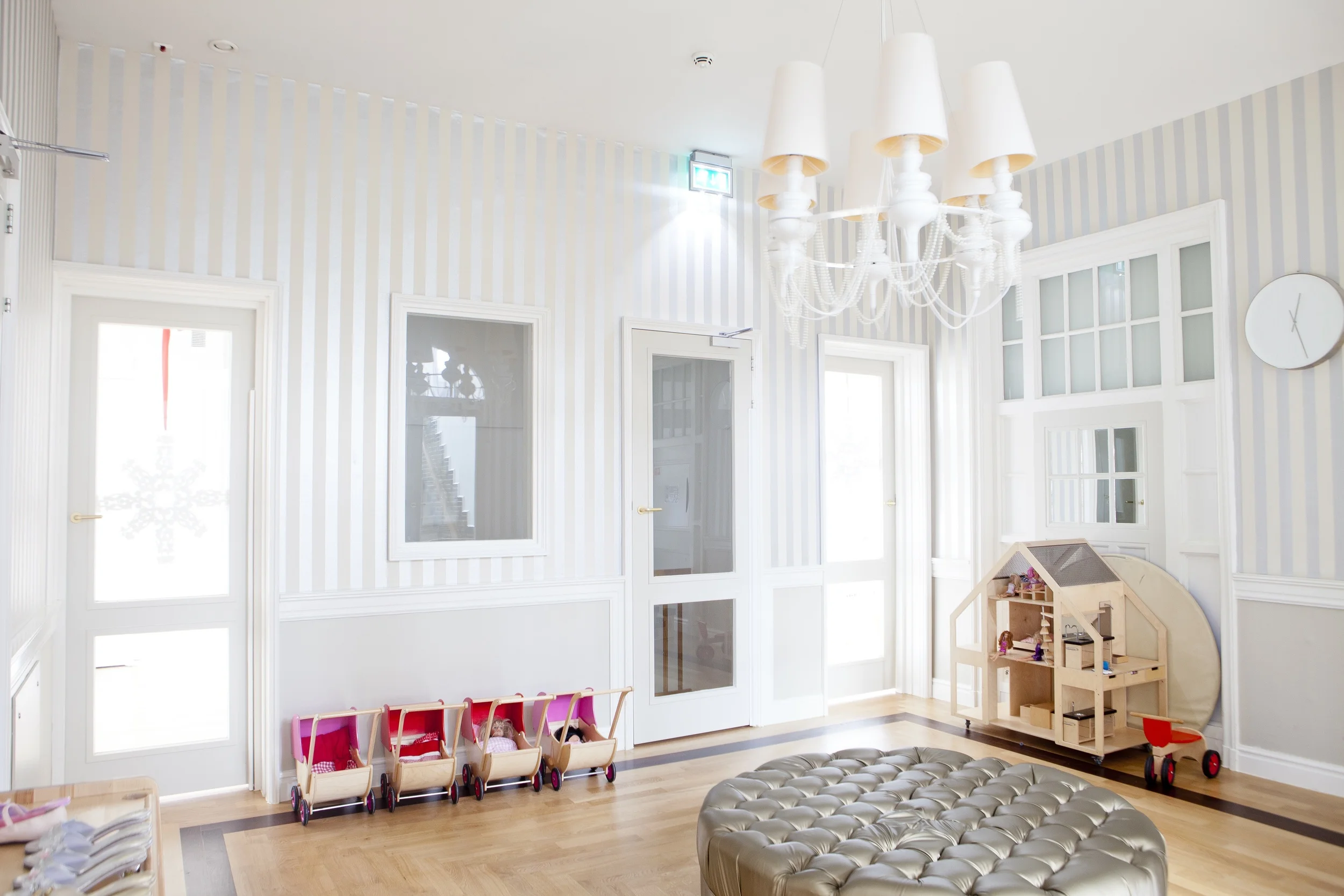Dave,
This may seem like a simple question, but I need your help! I’ve been renting for the last five years and I’ve decided I’m finally ready to take the jump and buy my first home. The only problem is I don’t know where to begin. The whole process seems a bit intimidating. To add to the confusion, I’ve received a lot of mixed advice from family and friends. Some say that I should find a real estate agent first, and others say I need to find a lender before talking to anyone else. How do I start the process and do you have any tips that will help me along the way?
A huge thank you for answering my question & Merry Christmas!
Brittany, Grand Junction
Brittany,
You are right! It is and it isn’t a simple question. I concur, it is time to get off the renting train as interest rates and overall affordability are about as good right now as I believe we are going to see for a while. I am very confident that we have seen the bottom on interest rates. Interest rates are going to be moving up, albeit slowly, as we move forward and along with interest rate hikes, I believe we will continue to see home prices increase. Again these increases will be steady and unlikely to move the needle too drastically unless we see some significant positive local job growth. All this means is that you can buy more home for your money right now than you likely will be able to in the coming years! Now is a great time to make the jump, if you are going to jump!
“The process really is quite simple if you follow a couple of basic steps. ”
There is one thing for certain, when you start thinking about buying a home or doing anything in real estate you quickly realize that everyone you know and meet is an expert! It’s like announcing that you are having trouble with your teenager. Try that one and watch all the arm chair quarterbacks emerge and tell you how to right the teenage ship. Keep in mind that many of them, maybe most, never had teenage kids or have not had them in years. Buying a home is similar, but should be far less intimidating than managing the teenage years! Hard to know who to listen to. Take it all in and use ALL of it, but just like anything else take it with a grain of salt. The process really is quite simple if you follow a couple of basic steps. First, find a good (emphasis here is on good, not just any) Real Estate agent. When you hook up with a good Realtor and trust me there are many good ones out there despite what you may hear. He/she will help you get started with the process and get you engaged with a quality mortgage lender.
Establishing a relationship with a local mortgage lender is a very important step for this purchase, and will also be a valuable resource for needs in the future. Surround yourself with quality people who know their jobs and your house hunting will prove to not only to be fruitful, but also enjoyable. Going to see the mortgage lender right out of the gate will help you determine how much you are comfortable spending (notice I said comfortable spending, not how much you CAN spend!). You need to establish a budget that is financially comfortable and this will help you target the properties that fall within your desired spending range. There is nothing worse than going out and looking at and falling in love with properties that don’t fit into your budget (you’ve seen it on HGTV!!). If you start looking at homes that are $225,000 only to realize you can comfortably afford $180,000, the $180’s will never look as good as they should have. When you begin looking at homes you want to begin looking in the correct price range.
Again, listen to all those who can’t resist giving their “free” advice, however, start with finding the right real estate agent and the right lender and they will help lead you down the path to home ownership by taking the correct steps in the correct sequence. Once you have found those two partners, you really have what you need to have a very positive experience…probably a much more positive experience than raising teenagers!
Dave Kimbrough
The Kimbrough Team




